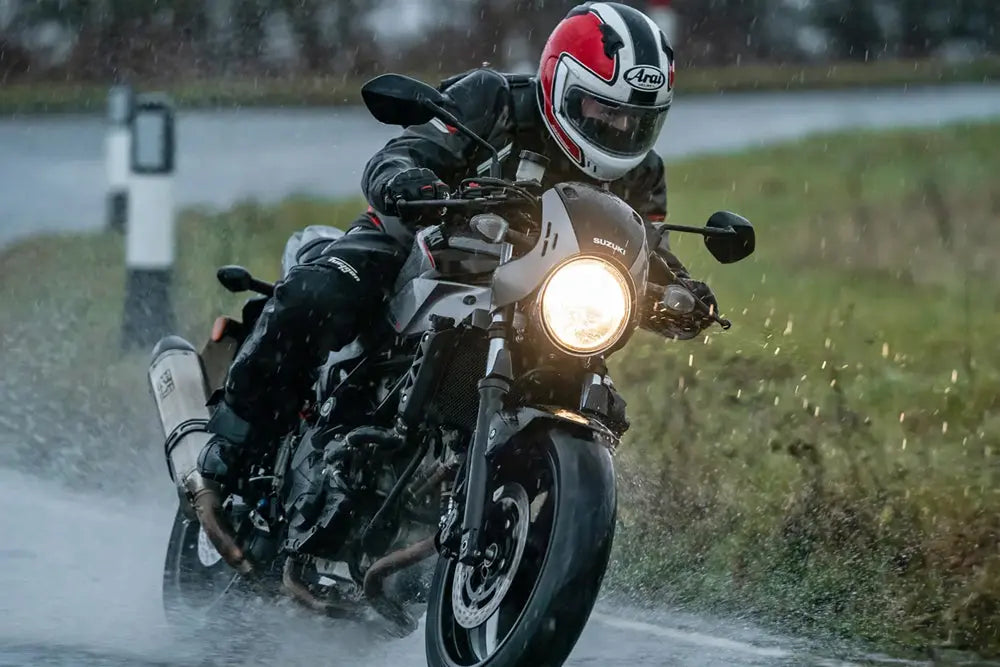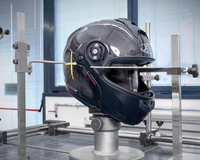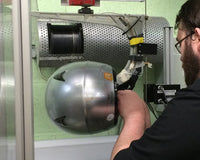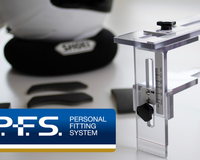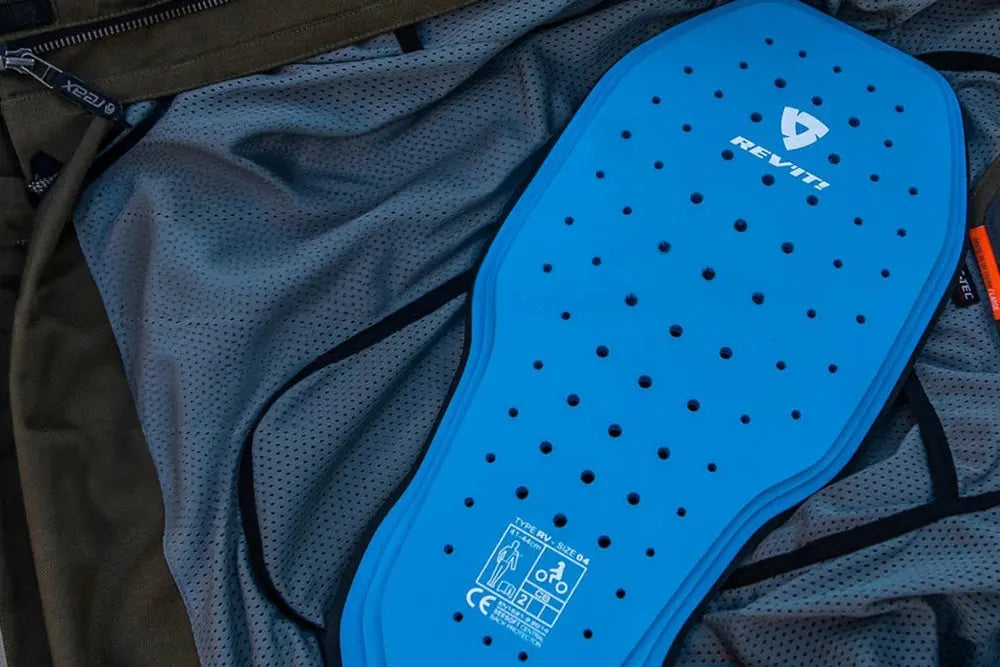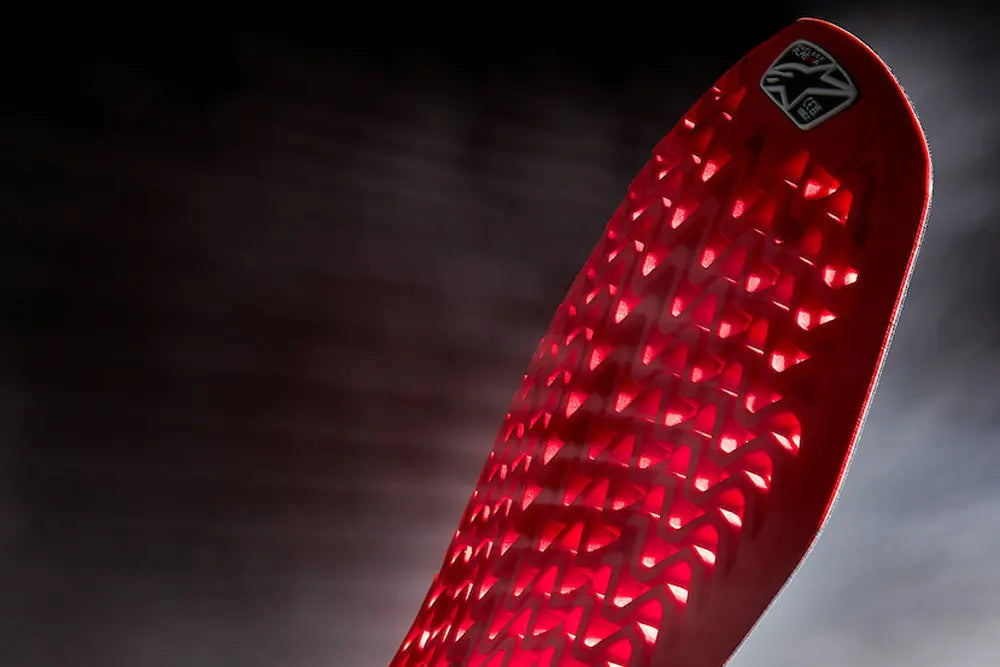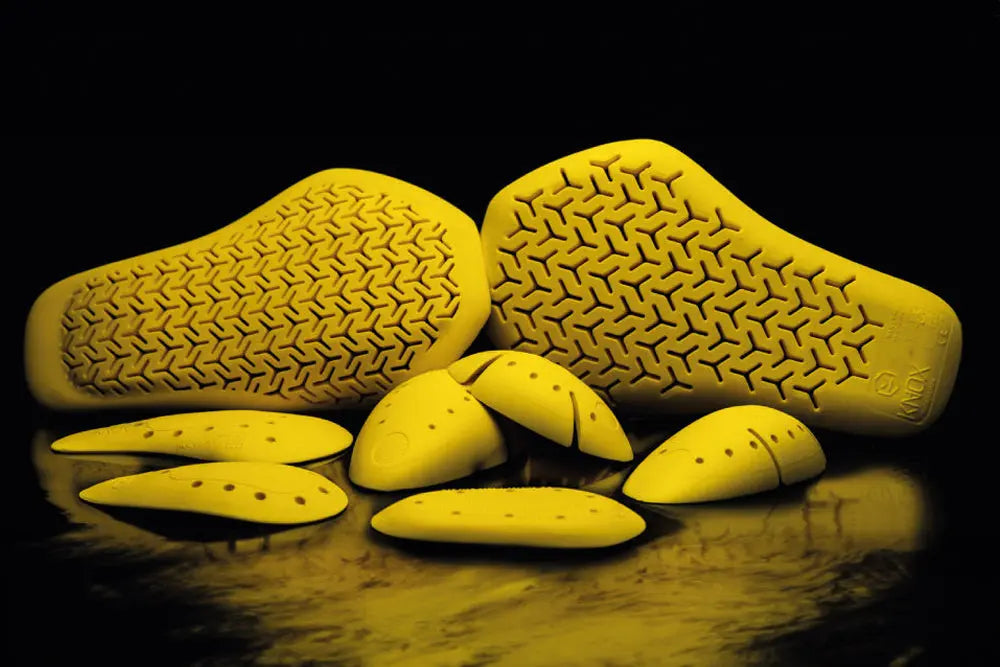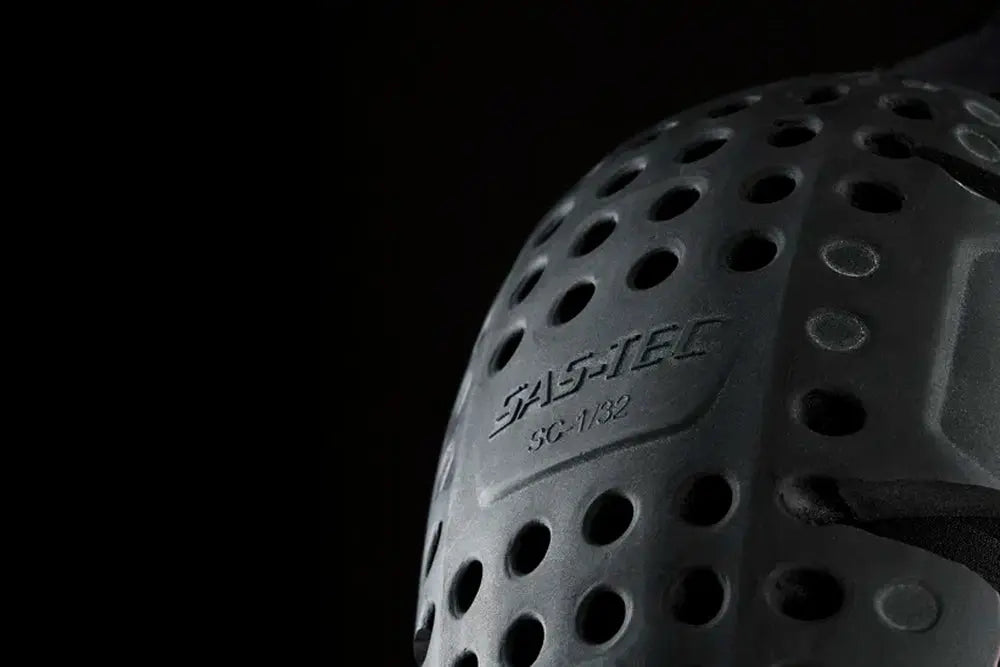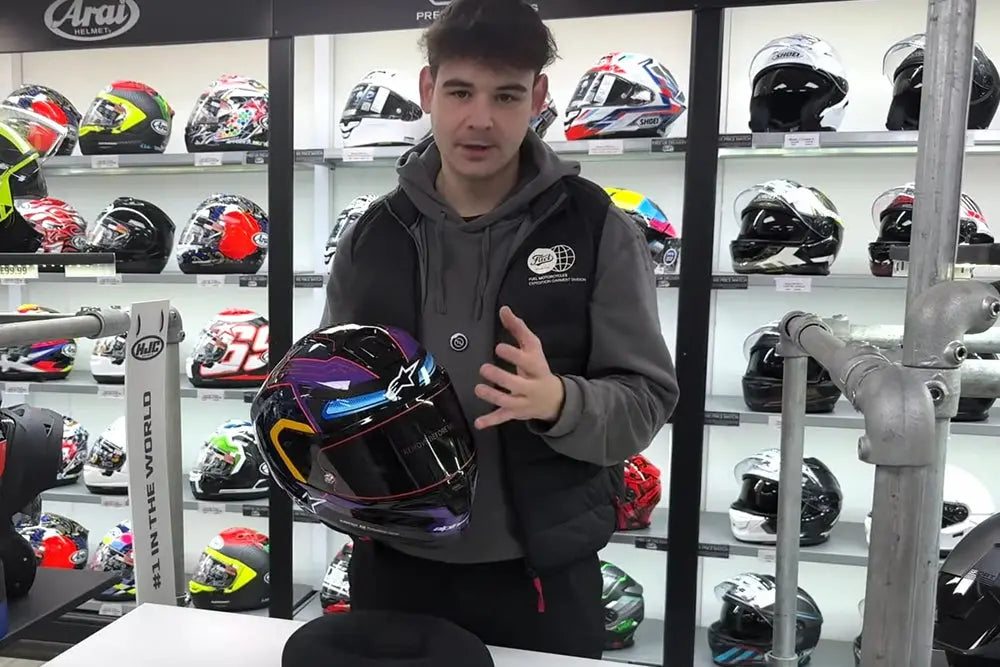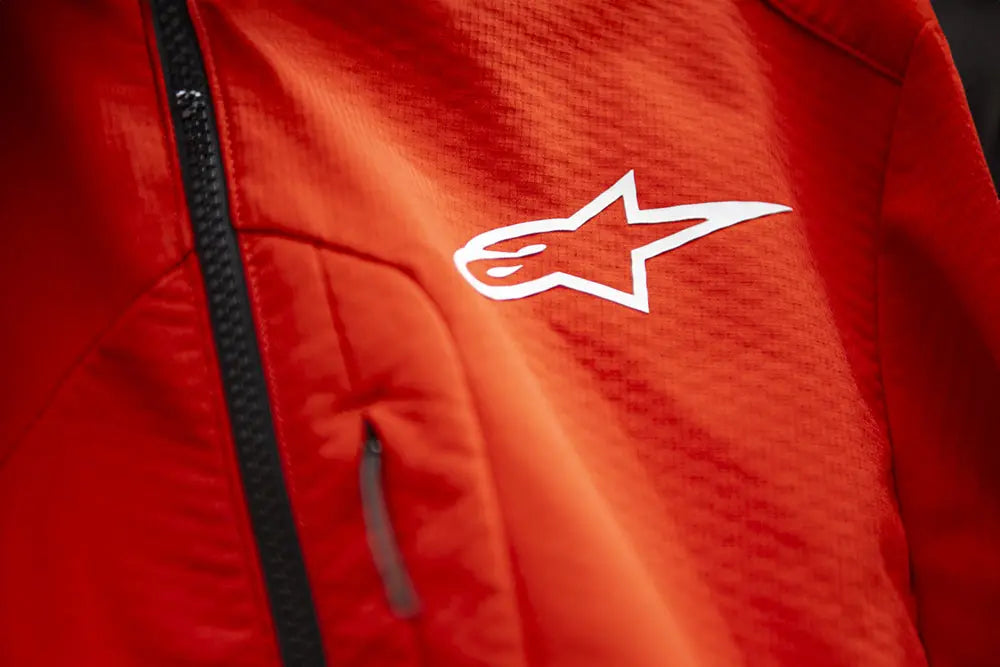At Moto Central, based in the Midlands of the UK, we pride ourselves on offering motorcyclists an extensive range of top-quality protective gear. One of the key factors that riders consider when selecting their equipment is safety, and this is where CE Certification Category II plays a crucial role. But what does this certification mean for riders, and why is it so widely adopted by leading motorcycle brands? In this article, we’ll explore the brands that use Category II certification, why it’s critical, its benefits, and its limitations, providing you with an informed perspective when shopping for your gear.
Which Motorcycle Brands Use CE Certification Category II?
Many renowned motorcycle brands design their protective gear to meet the rigorous standards of CE Certification Category II. At Moto Central, we stock products from some of the most trusted names in the industry, including:
- Dainese: Incorporates Category II certification in its jackets, trousers, gloves, and armour inserts, ensuring premium protection for riders.
- Alpinestars: Consistently delivers high-performance gear that complies with CE standards, balancing safety and style.
- Revit: Excels in abrasion resistance and impact protection, making it a popular choice among touring and adventure riders.
- RST: Offers a wide range of Category II-certified gear, from sports leathers to textile jackets and trousers.
- Rukka: Specialises in touring gear, integrating CE-certified protectors and durable textiles for long journeys.
- Scott: Produces gloves and boots certified to meet Category II standards, providing reliable protection and comfort.
Why Do Motorcycle Brands Use Category II Certification?
Motorcycle brands prioritise Category II certification for several key reasons:
- Compliance with Regulations: EU Regulation 2016/425 mandates certification for gear protecting against intermediate risks.
- Consumer Confidence: The CE mark reassures customers that the gear has been rigorously tested for safety and durability.
- Reputation and Innovation: Certification demonstrates a commitment to safety, strengthening trust in the brand.
The Benefits of CE Certification Category II in Motorcycle Gear
CE Certification Category II offers numerous benefits for riders and manufacturers alike:
- Proven Protection: Extensive testing ensures reliable performance in real-world scenarios.
- Standardisation: Provides a uniform safety standard, making it easier to compare gear from different brands.
- Versatility: Protects against a wide range of risks, from slides and impacts to cuts and abrasions.
- Durability: Certified products use advanced materials for longevity and consistent performance.
Are There Any Drawbacks to CE Certification Category II?
While CE Certification Category II is a robust standard, it’s not without its limitations:
- Cost: Certification adds to production costs, making certified gear more expensive.
- Varied Performance: CE Level 1 protectors meet the minimum standard, while Level 2 provides enhanced safety.
- Complexity for Consumers: Understanding CE labels and standards can be confusing.
Alternatives to CE Certification Category II in Motorcycle Gear
While CE Certification Category II is the gold standard for intermediate risk protection, other benchmarks and systems are also used in the motorcycle industry to ensure safety:
- D3O Technology: Flexible material that hardens on impact, offering excellent shock absorption.
- SuperFabric: Combines durability with lightweight properties for abrasion-resistant panels.
- Aramid Fibres (Kevlar): Provides high resistance to cuts and abrasions, commonly used in reinforced clothing.
- GORE-TEX PRO Shell: Known for waterproofing and breathability, with added abrasion resistance.
- EN 1621-1 and EN 1621-2 Standards: Focus on impact protectors for limbs and back, offering tailored safety options.

